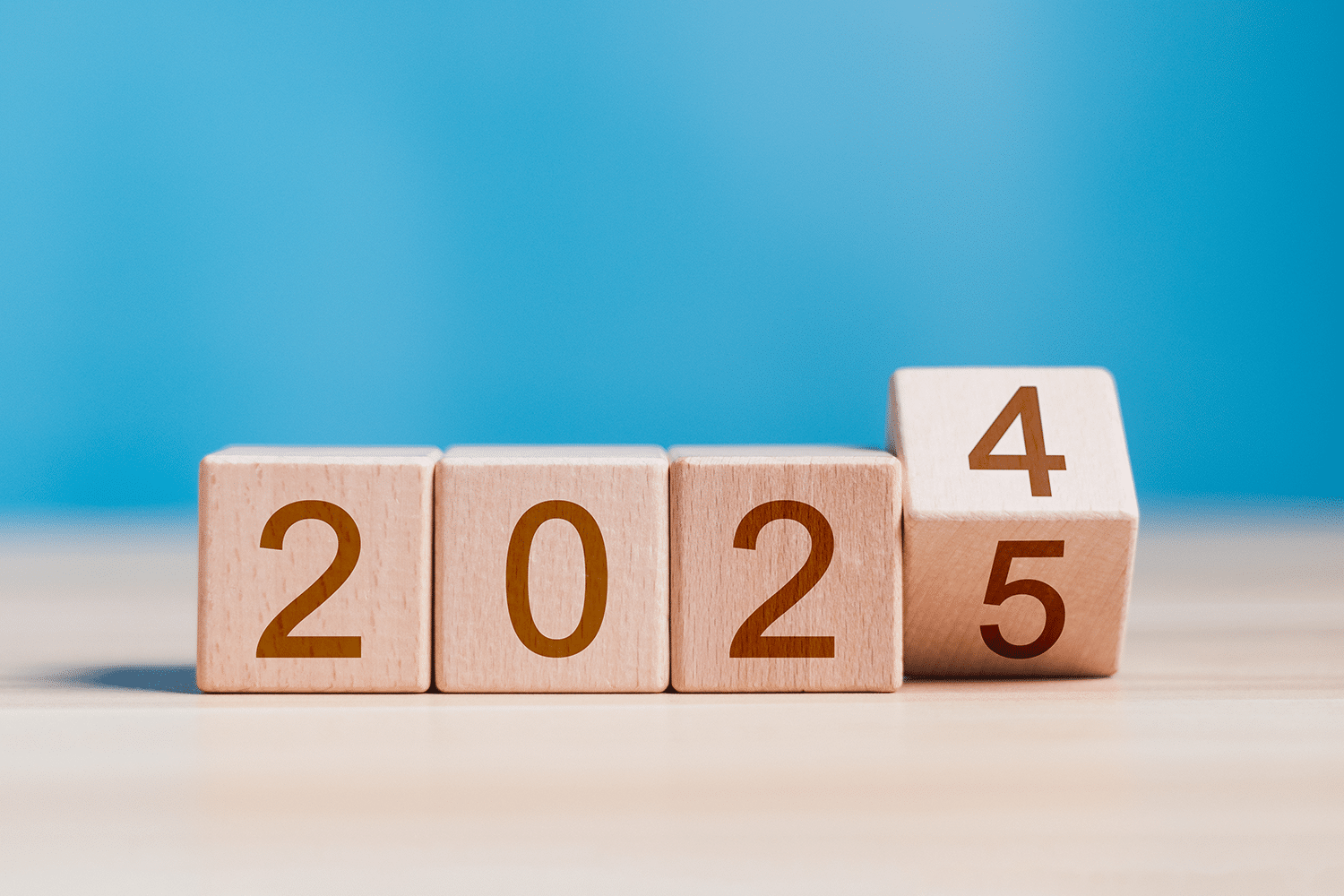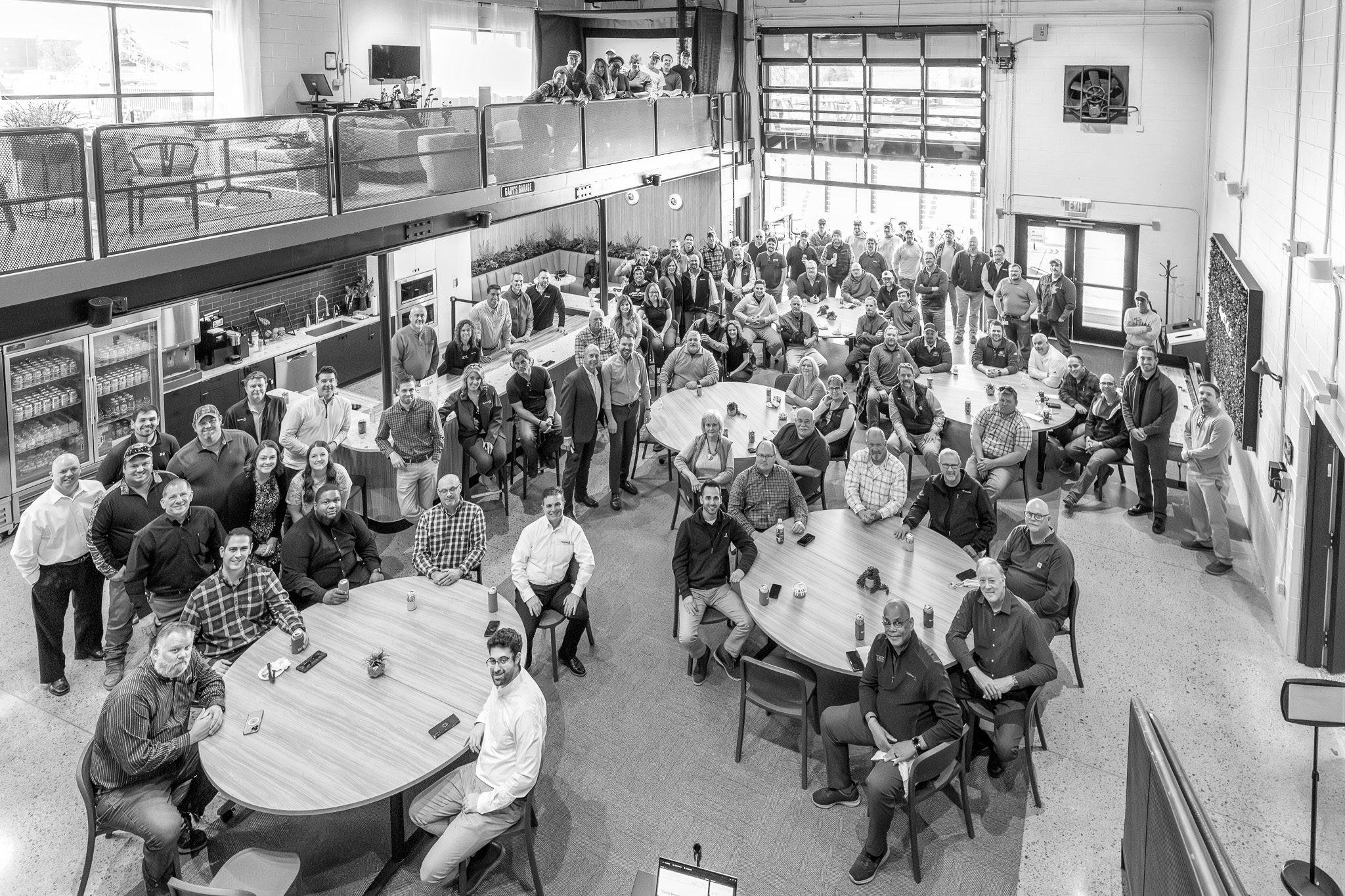
Building a Brighter Future: Year-End Construction Industry Reflections and Predictions
- December 11, 2024
- 11:10 pm
 2024 was a year of rapid change and continued resilience in commercial construction, and the team at Roncelli remains grateful for its role in helping to shape future landscapes, skylines, communities and industries in 2025 and beyond. As the calendar year draws to a close, here are a few key takeaways from this past year, and some humble industry predictions for the future:
2024 was a year of rapid change and continued resilience in commercial construction, and the team at Roncelli remains grateful for its role in helping to shape future landscapes, skylines, communities and industries in 2025 and beyond. As the calendar year draws to a close, here are a few key takeaways from this past year, and some humble industry predictions for the future:
Looking Back at 2024:
- Innovation Acceleration: The pace of industry innovation has been unyielding, with advanced materials and cutting-edge construction methods driving efficiency and cost savings. The way we plan and build is evolving faster than we anticipated, and it’s an exciting time to be in the construction field, for those who can keep up.
- AI Integration: Artificial intelligence has already begun transforming the way we do business. We anticipated a gradual shift, but have learned the impact is coming faster and more furiously than most expected. AI’s impact on our industry is already far-reaching, streamlining processes and enhancing everything from project management to estimating.
- Economic Resilience: Despite concerns, the American economy has proven its adaptability, fueling construction demand. We anticipated a slowdown attributable to a reduced demand for electric vehicles, but that was ultimately counterbalanced by a boom in logistics and investment in hybrid technologies. The flexibility of the economy has helped ensure that demand for construction services remains strong across sectors.
- Evolving Client Priorities: We saw this year that project owners value quality, risk mitigation and long-term partnerships over just strictly seeking the lowest cost bid. We’ve always believed that you get what you pay for, and the market is finally rewarding those of us who have built a reputation on delivering high-quality results.
- Complex Political Landscape: Navigating shifting political winds is crucial for success. American politics have become incredibly nuanced…from local policy changes, to federal initiatives impacting infrastructure, we’ve learned that staying agile and adaptable is critical for navigating the ever-evolving political landscape.
Looking Ahead to 2025:
- Energy Transition: A balanced approach, combining traditional and emerging green technologies will rule this sector. While traditional green energy construction, like wind and solar, will continue to play an important role, we predict a shift toward newer, more advanced green technologies, such as nuclear energy, while at the same time, we foresee a renewed focus on oil and gas investments as part of the energy mix.
- AI-Powered Workforce: AI will empower workers to focus on high-value tasks, boosting productivity. Instead of replacing jobs, AI will empower workers to do, “smart work,” by automating repetitive tasks and integrating tech systems. Those who can leverage AI to be more efficient will be the ones who thrive.
- Sustained Growth: The building sector is poised for continued expansion, with all current indicators suggesting a sustained upward trajectory, and demand for new construction services remaining robust.
- Smarter Partnerships: Owners will continue to further prioritize builders who deliver quality, efficiency and risk reduction. As the industry further matures and evolves, owners will become more discerning when selecting partners, and will be seeking out more robust, longer-term relationships versus short-term transactional engagements.
- Less Polarized Politics: While it may sound far-fetched at the moment, we are cautiously optimistic about a future potential shift towards more collaborative policymaking. It’s difficult to imagine the divide getting much worse, and thus we hold out hope that a more collaborative, solutions-oriented approach will ultimately emerge. For the construction industry, this could mean a more predictable regulatory environment and a more unified push to address infrastructure needs.
As we prepare to embark on a New Year, I remain optimistic about the future of the construction industry. The challenges and opportunities that lie ahead will shape the built environment for generations to come. By embracing innovation, adapting to change and fostering strong partnerships, we can continue to build a better future for all.

